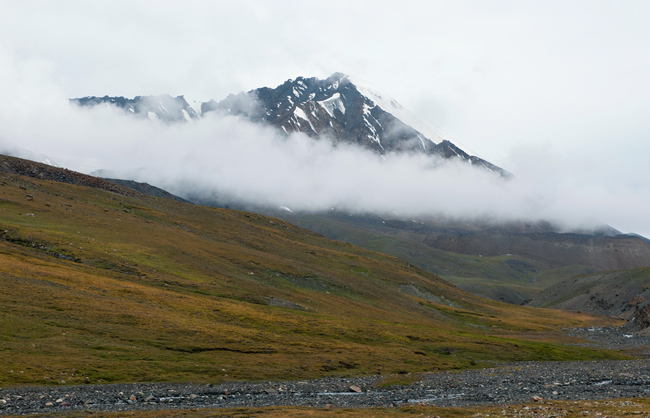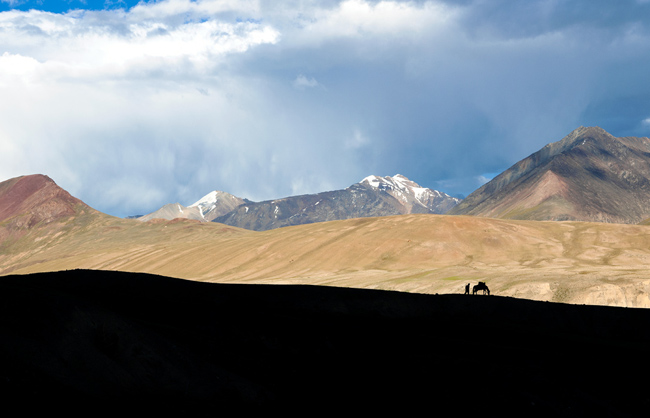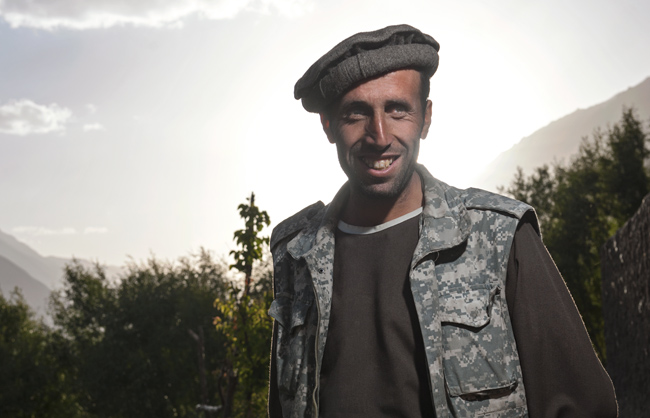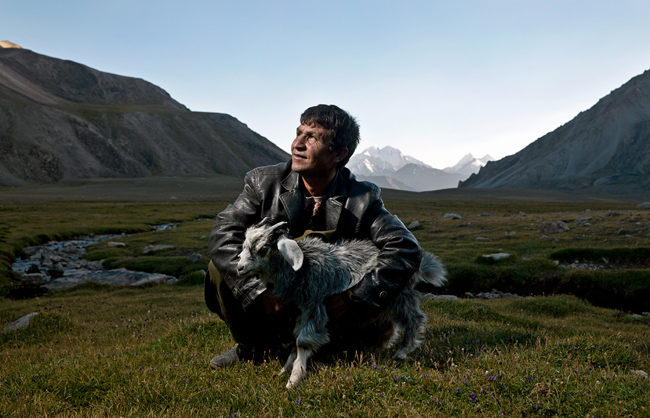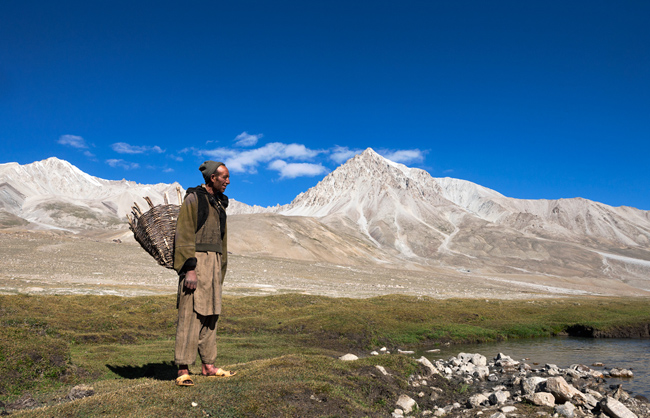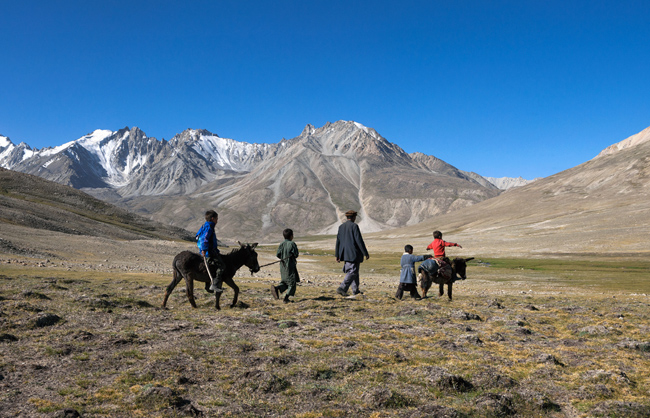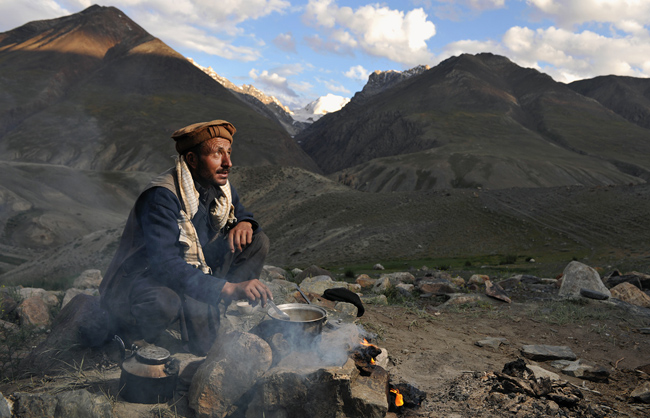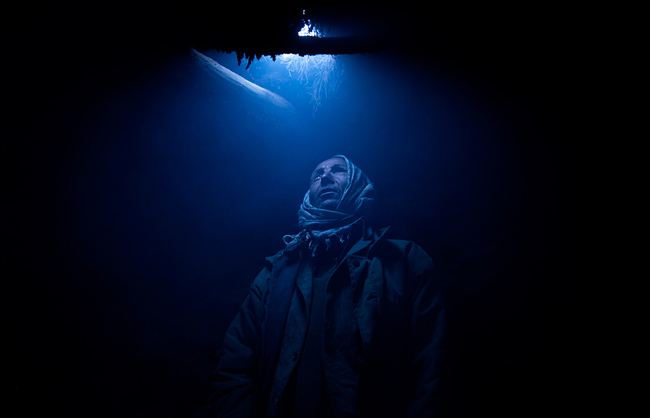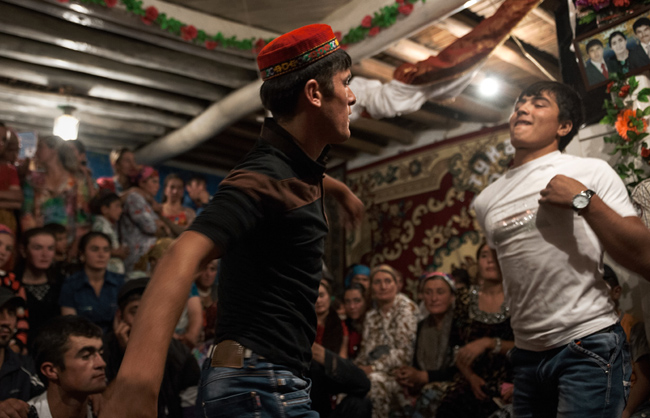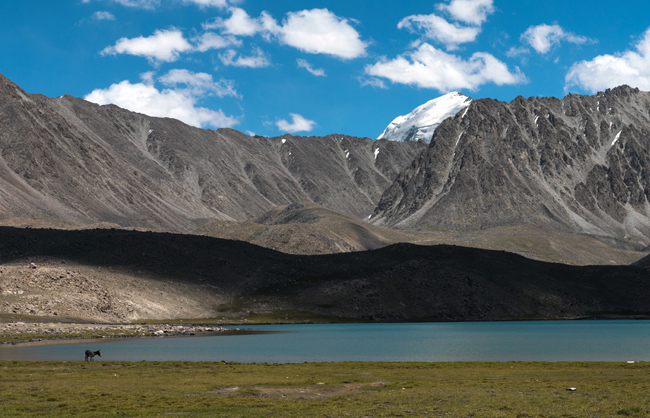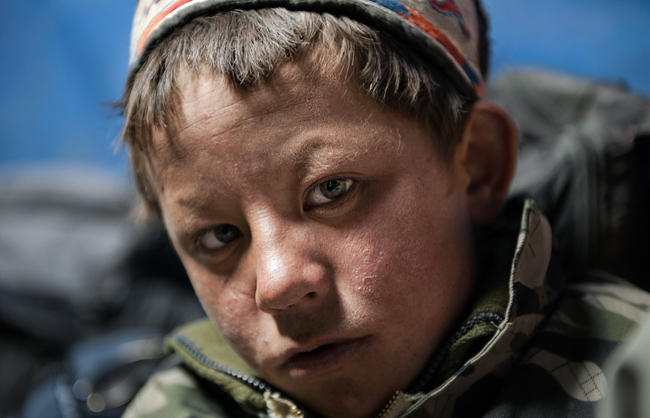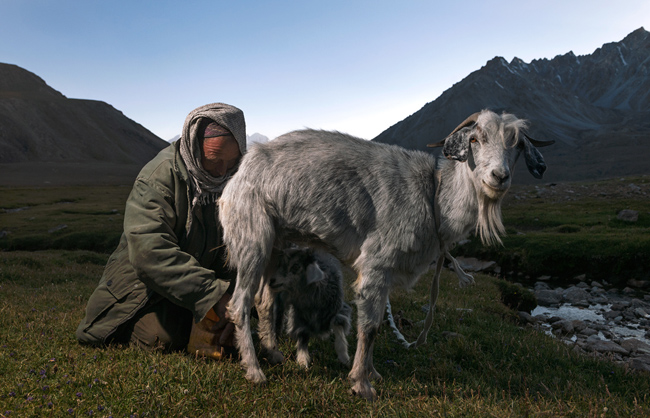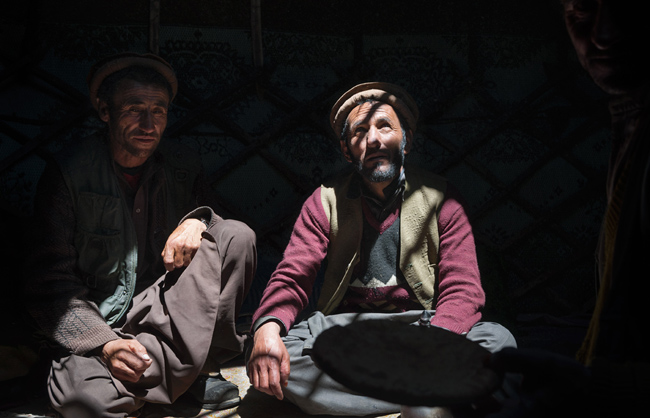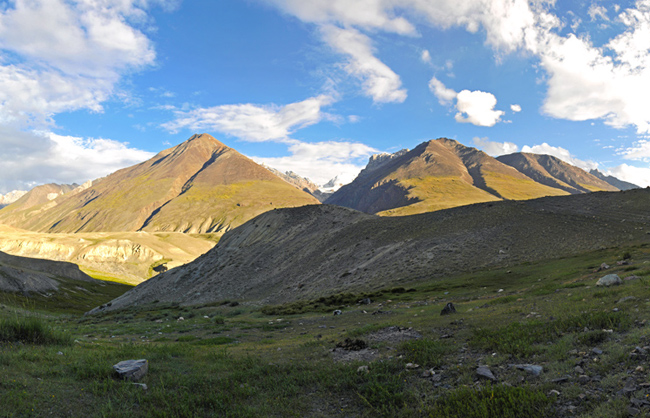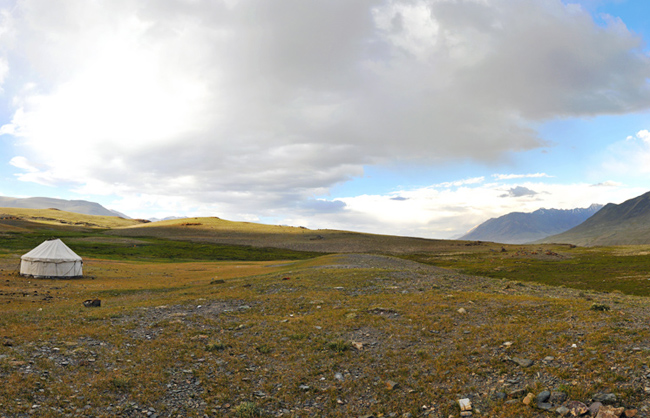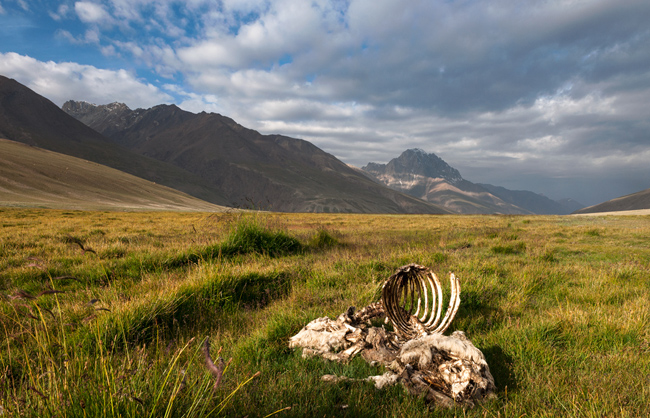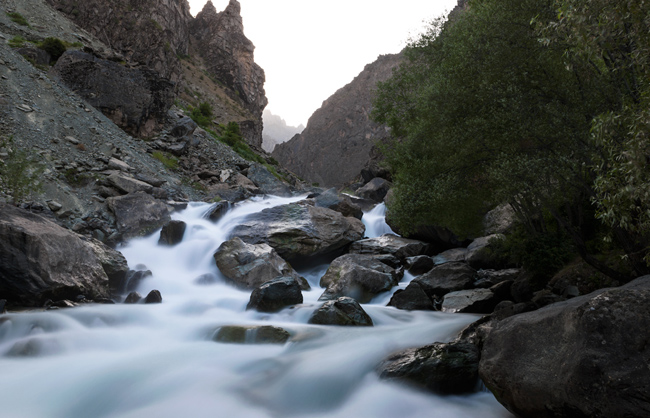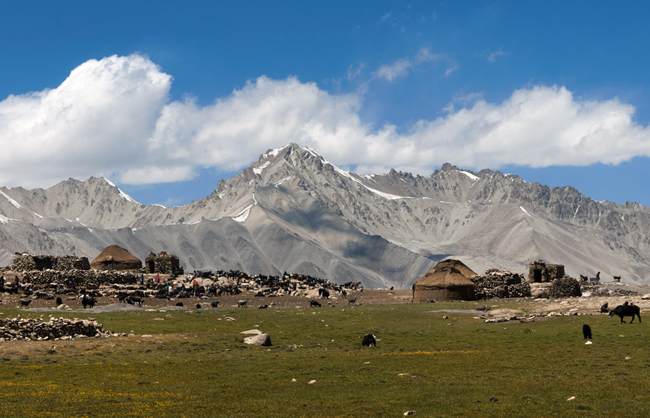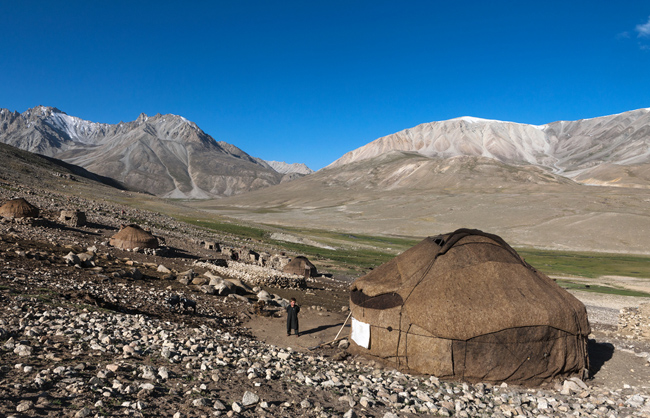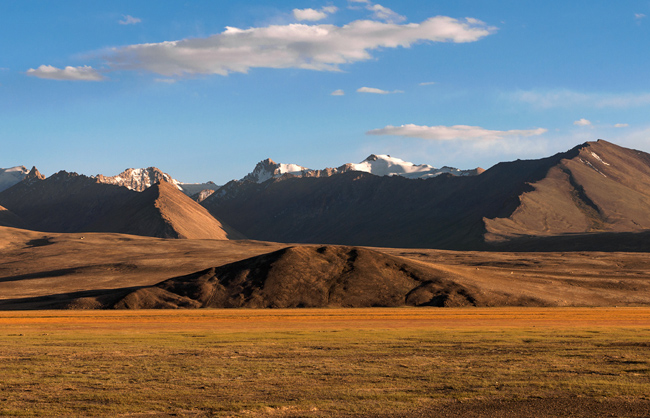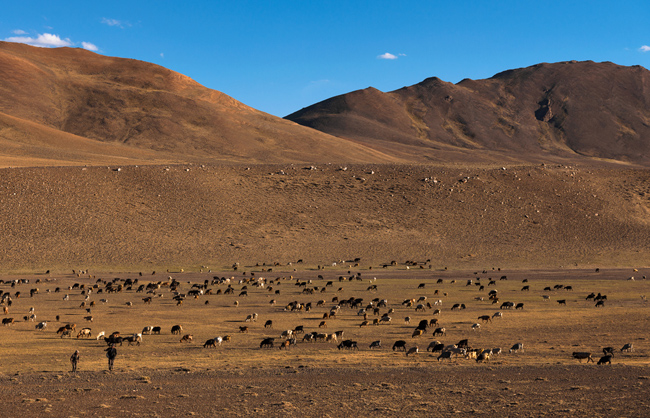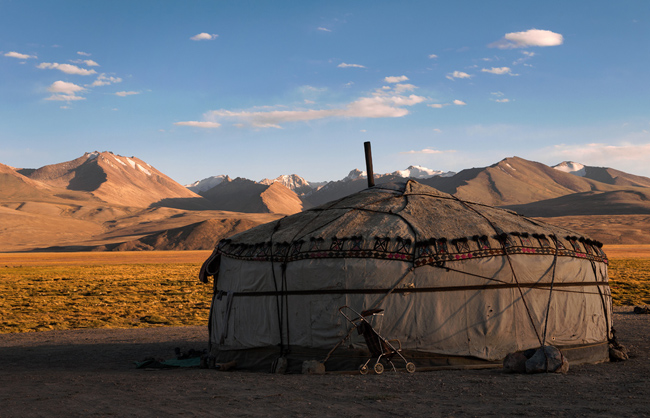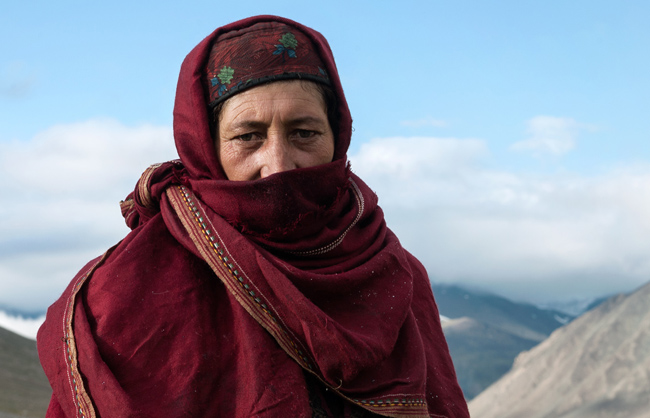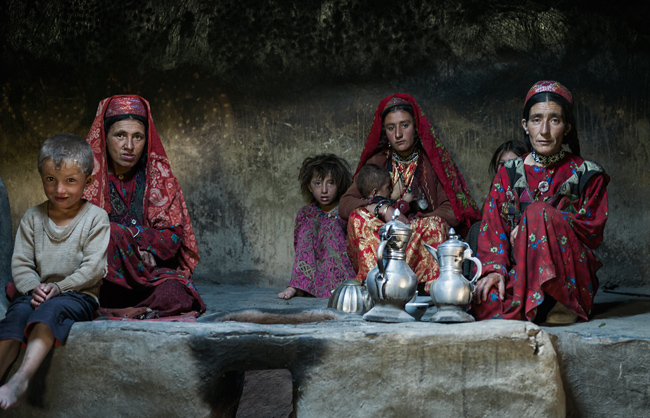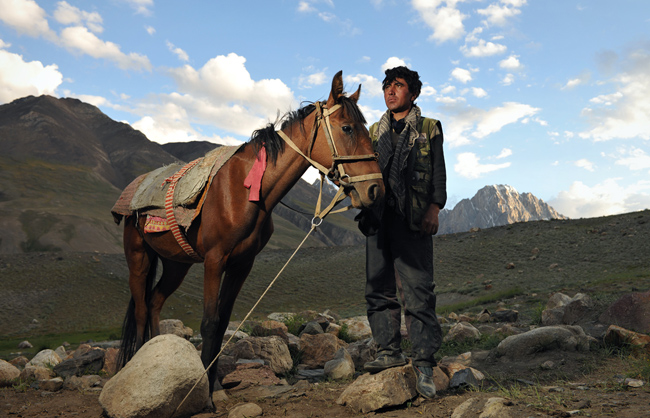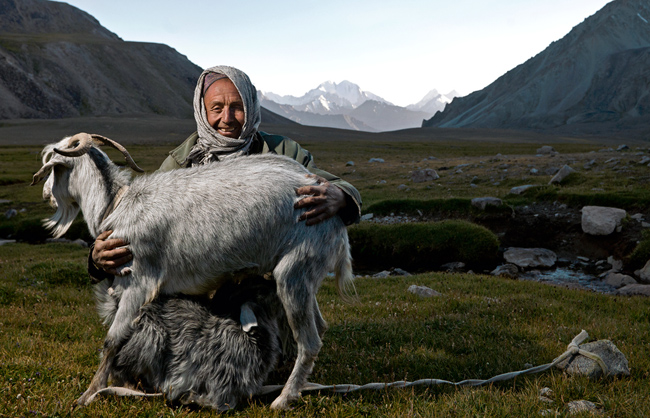Afghanistan / Tajikistan
Pamirs
Pamirs
Where: Afghanistan / Tajikistan
When: 2014-2016
Pamirs are a mountain range in Central Asia at the junction of the Himalaya, Hindu Kush and Karakoram ranges. But the word “Pamir” actually is translated from ancient Persian as “rolling pastureland” and refers to a fertile valley formed when a glacier or ice field melt and leave a rocky plain.
This type of terrain is principally found in the north east of Afghanistan, an area known as Wakhan Corridor and at the south west of Tajikistan known as Wakhan Valley.
The Whakan corridor in Afghanistan and the Whakan Valley in Tajikistan are deep valleys formed by the Panj River, which originates from the junction of Pamir River and Wakhan River that marks nowadays the border between Tajikistan and Afghanistan.
This separation is the result of the geopolitical rivalry between Great Britain and the Tsarist Russia, known as "The Great Game", which led to the dissolution of the principality of Wakhan at the end of the 19th century and the formation of the new border. As a result, the Wakhan became a buffer zone separating the British and Russian empires.
All of the Wakhan is a semi-arid zone. Agriculture is only possible through irrigation, fed by meltwater in the streams descending from the mountains. Apart from occasional clusters of shrubs and other small trees, the landscape is largely barren of vegetation.
The Wakhan Valley in Tajikistan is the homeland of the Pamiris people also called the Pamirian or Mountain Tajiks. The Wakhan corridor in Afghanistan on the other hand is mostly inhabited by the Wakhi people and the last remaining Kyrgyz nomads who live at the eastern end where the Afghan Pamirs - the Big Pamir and the Little Pamir - are located, also known in Persian as the “Bam-e Dunya”, or the “roof of the world”.
The Tajiks Pamiri and the Afghan Wakhi people share common linguistic, cultural and religious ties. They are Nizari Isma’ili Muslims, a sect of Shia Islam that follows the Aga Khan as a spiritual leader.
They were all part of the ancient Badakhshan empire that was an important trading center when the Silk Road passed through until the 8th century A.D.
In The 13th century, Marco Polo was the first European who mentioned the region and the word Pamir.
Nowadays, after the separation of the two countries, the differences between the two communities increased. The Tajik side had been influenced by the Soviet Union and the other side of the border had been taking over by the Afghan culture.
In Tajikistan, the Pamiris are mainly farmers. Apart from the main city Khorog and few other towns, Pamiris mostly live in small villages inside deep valleys surrounded by fields and orchards.
The Pamiris have for much of their history been isolated but following the 1917 Soviet revolution, the Pamiri lands were brought under Soviet rule and in 1925 as part of the province of Tajikistan. After the declaration of independence of Tajikistan in 1991, the Pamiris rose up against the newly-formed government and the country turned into a civil war until the Pamir region became a self-ruled breakaway area. Since then, the situation is still fragile. Social problems are prevalent and expatriation to Russia to hunt for a job is very common.
In Afghanistan, the Wakhi people live in the year-round villages extending from Qazideh at the western part of the Wakhan Corridor to Sarhad-e Broghil at the eastern end. In the region, there are no government services, large parts of the area have no roads, and people are left to their own. They are agropastoralists cultivating wheat, barley, peas and potatoes but the production is rarely sufficient because of the climate. Wakhis depend on their livestock to supplement agriculture.
Every year Wakhi people migrate to highland pasturage with their livestock in the Big and Little Pamir looking for meadows. The annual seasonal migration is very important and marks the rhythm of the Wakhis life.
The spring migration usually starts at the beginning of June to the first settlements and during the summer move progressively up valley to higher grazing areas.
During the seasonal migration, Wakhis live in small rocky houses or inside yurts. In October, when the snow starts to cover the mountains, most of the Wakhi retrace their routes down valley where the climate is more gentle.
The Wakhan corridor is also the home to some 1400 Kyrgyz nomads, who contrary to the Wakhi people, settled permanently in the Big Pamir and Little Pamir. The Kyrgyz are a proud pastoral nomadic group of Turkic language that lives in extremely difficult conditions.
For thousands of years, they have led a nomadic life, wandering from Altaï mountains into Kyrgyzstan and Tajikistan and eventually coming to the Afghan Pamirs. The Kyrgyz nomads would spend their summers fattening up their animals and during the harsh winters would move back into the lower valleys, which were then in Russia or China. But the 1917 Russian Revolution cut off part of that route and when the Chinese closed their border after the 1949 revolution some Kyrgyz were trapped in Afghanistan. Cut off from their brethren on the other side of the borders, they had to adjust to the harsh winters of the Afghan Pamirs.
In 1978, most of the Afghan Kyrgyz nomads fled to Pakistan and in 1982, Turkey resettled the entire group of Kyrgyz refugees in the Turkish Lake Van region where more than 4000 of them still reside.
Nowadays, the Kyrgyz who still reside in the Afghan Pamirs live in yurts which they move seasonally according to available pasture and weather conditions. Their settlements are permanently between elevations of 4000m and 5000m and in winter the temperature often goes down as low as 40 degrees below zero.
They live in very difficult conditions. The intense isolation, the lack of medicines, doctor or health clinics contributes to a catastrophic death rate. In this intense and harsh environment, even a minor headache can turn fatal. The death rate among Afghan Kyrgyz’s children is one of the highest in the world and it is common for women to die during childbirth.
But in reality, Kyrgyz are not poor. They have huge herds of sheep, goats, yaks, horses and Bactrian camels. Occasionally Kyrgyz’s caravans dip into the lower Wakhan to trade with their Wakhi neighbors or traveling merchants in order to acquire what is not provided by their livestock. With their valuable animals, they can buy almost anything they need. But what they mostly buy is opium that has become widely used by the Kyrgyz on a daily basis as an escape from pain.
Kyrgyz, Wakhis or Pamiris have been forgotten for years by their central governments. Years of conflicts, unstable political situations and remote land with few resources they inhabit contributed to their isolation. But now, with the stability increment of the whole region, they all wish for development, growth and prosperity on the “roof of the world”.

